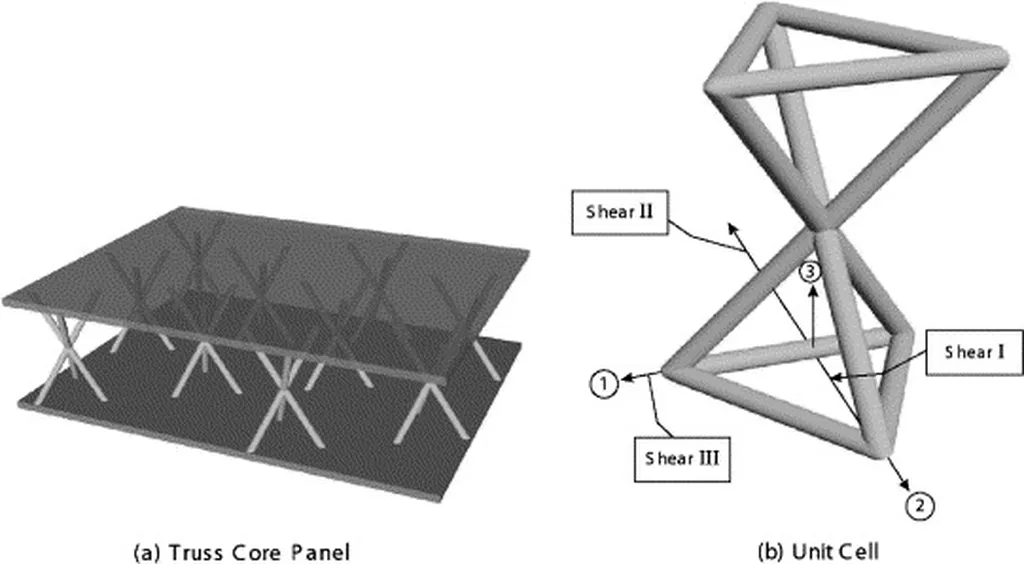In the quest for stronger, lighter, and more efficient construction materials, a recent study has unveiled a promising alternative to traditional rebar that could revolutionize protective structures, particularly in the energy sector. Published in *Developments in the Built Environment* (translated as “Advances in the Built Environment”), the research, led by Se-Eon Park of the Department of Architecture and Civil Engineering at Chonnam National University in South Korea, explores the potential of the Kagome truss—a three-dimensional lattice structure—in enhancing the impact resistance of concrete panels.
The study, which compared the performance of conventional rebar-reinforced concrete panels with those reinforced using the Kagome truss, revealed striking results. “The Kagome truss-reinforced panel withstood a greater number of high-velocity projectile impacts before perforation compared to the conventional panels,” Park explained. This is a significant finding, as it demonstrates that the Kagome truss can provide superior protection while using less material, a critical factor for cost-effective and sustainable construction.
The experimental setup involved three types of panels: a conventional reinforced concrete panel (CP-2), a panel with increased rebar (CP-4), and a panel reinforced with the Kagome truss (CP-K). Each panel underwent rigorous high-velocity projectile impact tests to evaluate their performance. The results were clear: the CP-K panel not only endured more impacts but also exhibited smaller failure zones, less penetration depth, and a lower mass loss ratio compared to its counterparts.
The implications of this research are far-reaching, particularly for the energy sector, where protective structures are paramount. “This technology could be a game-changer for constructing blast-resistant buildings, protective barriers, and other critical infrastructure,” Park noted. The potential to reduce material usage without compromising on strength and durability opens up new avenues for designing more efficient and sustainable structures.
Moreover, the Kagome truss’s superior performance could lead to significant cost savings and reduced environmental impact. By using less reinforcement material, construction projects can become more economical and eco-friendly, aligning with the growing demand for sustainable building practices.
As the construction industry continues to evolve, the adoption of innovative materials like the Kagome truss could pave the way for safer, more resilient, and environmentally conscious structures. The study’s findings, published in *Developments in the Built Environment*, underscore the importance of exploring alternative reinforcement methods to meet the demands of modern construction.
In the words of Park, “This research is just the beginning. The Kagome truss has shown immense potential, and we are excited to explore its applications further.” As the industry looks to the future, the Kagome truss could very well become a cornerstone in the construction of protective structures, shaping the way we build and protect our critical infrastructure.

